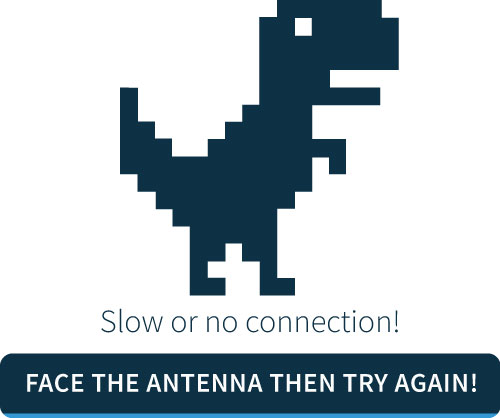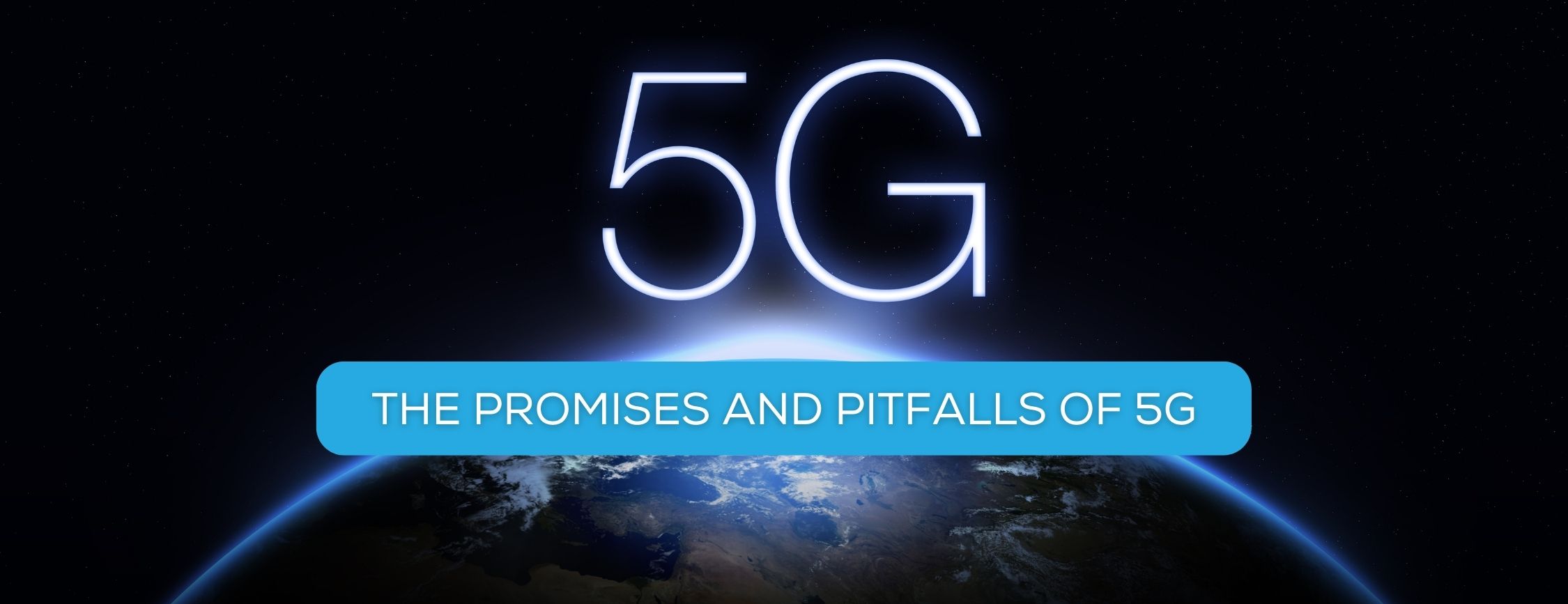In wireless communication, radio waves travel in the electromagnetic medium. Characteristics such as
- Latency
- Bandwidth
- Throughput
- Power consumption
- Geographical coverage
- Range
- Complexity
- Cost
are dictated by the compromises and tradeoffs that we make when designing the wireless technology (choices must be made such as the frequency range, the modulation schemes, etc.) For this reason, there is no single wireless solution that can tackle all of the existing connectivity challenges at once.
A great example of this is the hype around the new 5G technology, which promises a faster connection and lower latency, with a speed at least 40 times faster than 4G LTE. With this 5th generation of broadband cellular network, we should be able to connect up to one million devices per square kilometer. That’s 10 times more than 4G. This means that there will be a shift in how we’ll be using mobile web on a daily basis. For instance, 5G will unlock the next killer app that everybody is talking about. An augmented reality with information, details and so much more, superimposed into our everyday life. The applications are tremendous as new forms of industries will see the light of day and the user experience will be brought to another level altogether. Hence the spotlight and media coverage 5G has seen in recent months. Yet, the cold reality is that a fully functioning 5G future is still a long way away.
How 5G is delivering faster connections and what this means
To understand why we shouldn’t expect 5G to revolutionize our world, let’s go back to what it’s trying to solve and how it’s going to do it.
Current 4G technology has taken quite well to the world markets. It allows applications such as IP telephony, gaming services and HD video streaming and conferencing, all of which are no longer considered a luxury. However, people are expecting higher speeds and the ever growing connectivity demand is pressured by the buoyant IoT market, which is expected to connect as much as 21.5 billion devices by 2025.
What 5G is trying to solve
Enter 5G, which has the following goals:
- Allow more connections (to enable a wider range of applications and massive m2m connection)
- Offer higher speeds
- Offer low latency (for ultra reliable machine to machine, IoT communication)
Current cellular networks operate from 600 Mhz to 2.5 GHz frequencies, with respective wavelengths of 0.5m to 0.12m.
The 5G frequency spectrum will be much more complex with microwave sub-6 GHz bands that span from 450 Mhz to 6 GHz, and millimeter waves from 24 GHz to 86 GHz. One of the main reasons that additional spectrum is being made available is the physical limitations associated with throughput and bandwidth.
What are the disadvantages of 5G?
To understand this, it’s important to remember that bandwidth is closely linked to the ability of a system to transmit information. To transfer data, a signal change in some way and the rate at which these changes occur determines the information transfer rate. If the signal is at a higher frequency, then evidently, changes occur more rapidly. Thus, bandwidth as well as throughput are proportional to frequency. Simply put, increase frequency and you’ll be able to cram in more data!
However, there’s a catch. These radio waves are emitted from a source and they become get weaker as they travel. Similar like the ripples that appear after throwing a rock into the water. This is called the Inverse-square law, stating that the energy from a radiated beam is inversely proportional to the square of the distance travelled.
Therefore, 5G antennas will have a shortened range compared to older technologies. That’s right! We still have patchy 4G coverage at best in many cities so how can we expect to remain consistently connected to 5G? Dropping to 4G will be inevitable because the only guaranteed way to stay on 5G is to find a signal and then stand still. You’ll have to keep facing in the same direction and of course, pray that trucks will stay out of the line of sight until you’re done.

This is because 5G high frequency radio waves will hit a wall, literally. The millimeter waves are so small that they bounce off buildings, unlike sub-Ghz technologies. This is a huge drawback that will definitely slow down 5G adoption for IoT communication.
Why 5G is not the answer to IoT
In order for 5G to spread its influence, a lot of improvements will need to be done and a tremendous amount of investment in infrastructure and technology is required. Unfortunately, the infrastructure costs in telecom are astounding. Service providers will get their hands on some licensed spectrum bands under auction and will inevitably struggle to pay it back while also maintaining an extremely complex network.
It will most likely be several years before 5G services make a real entrance for basic connectivity. Nevermind IoT. The futuristic connected world that we envision (and by world, we also imply forests, mountains, wetlands, etc.) is still beyond 5G’s reach.

Leave A Comment